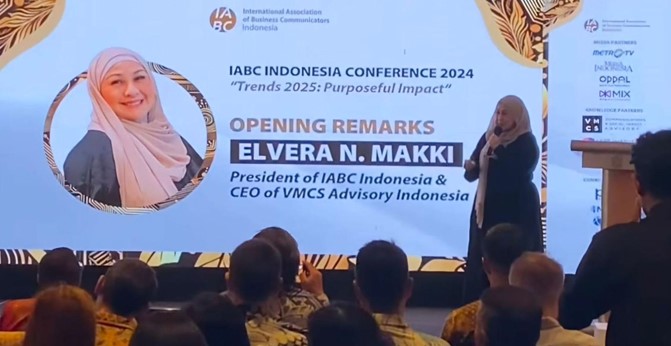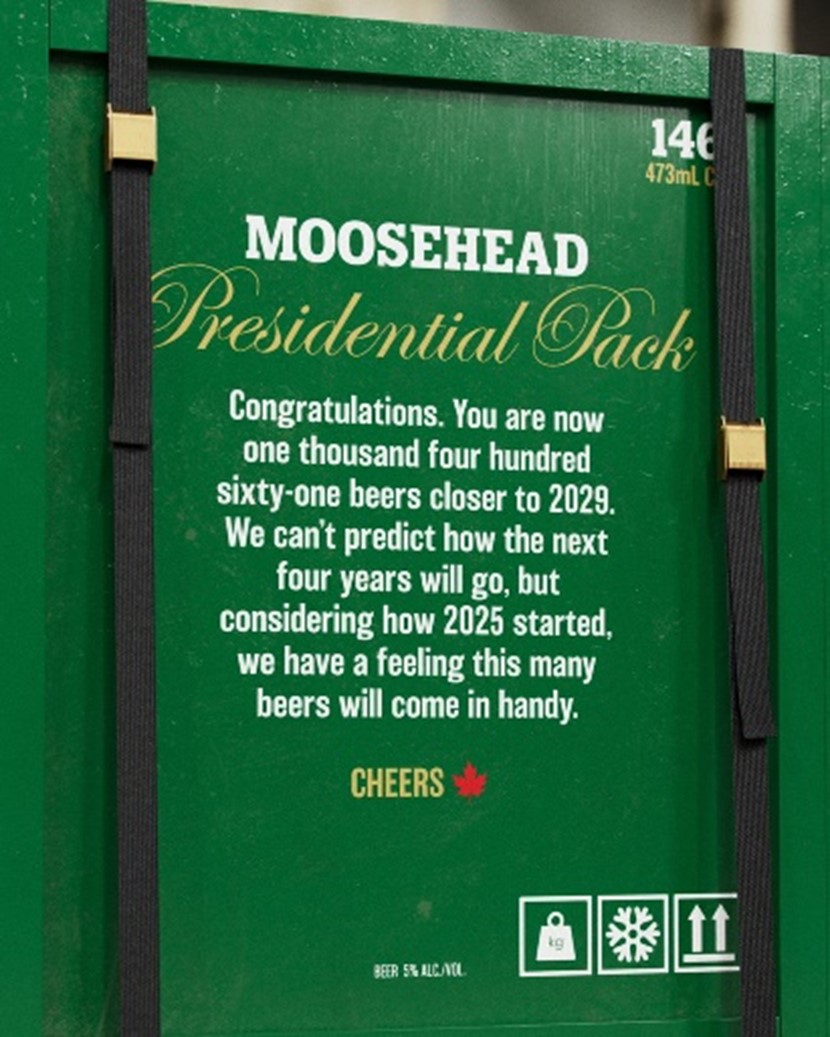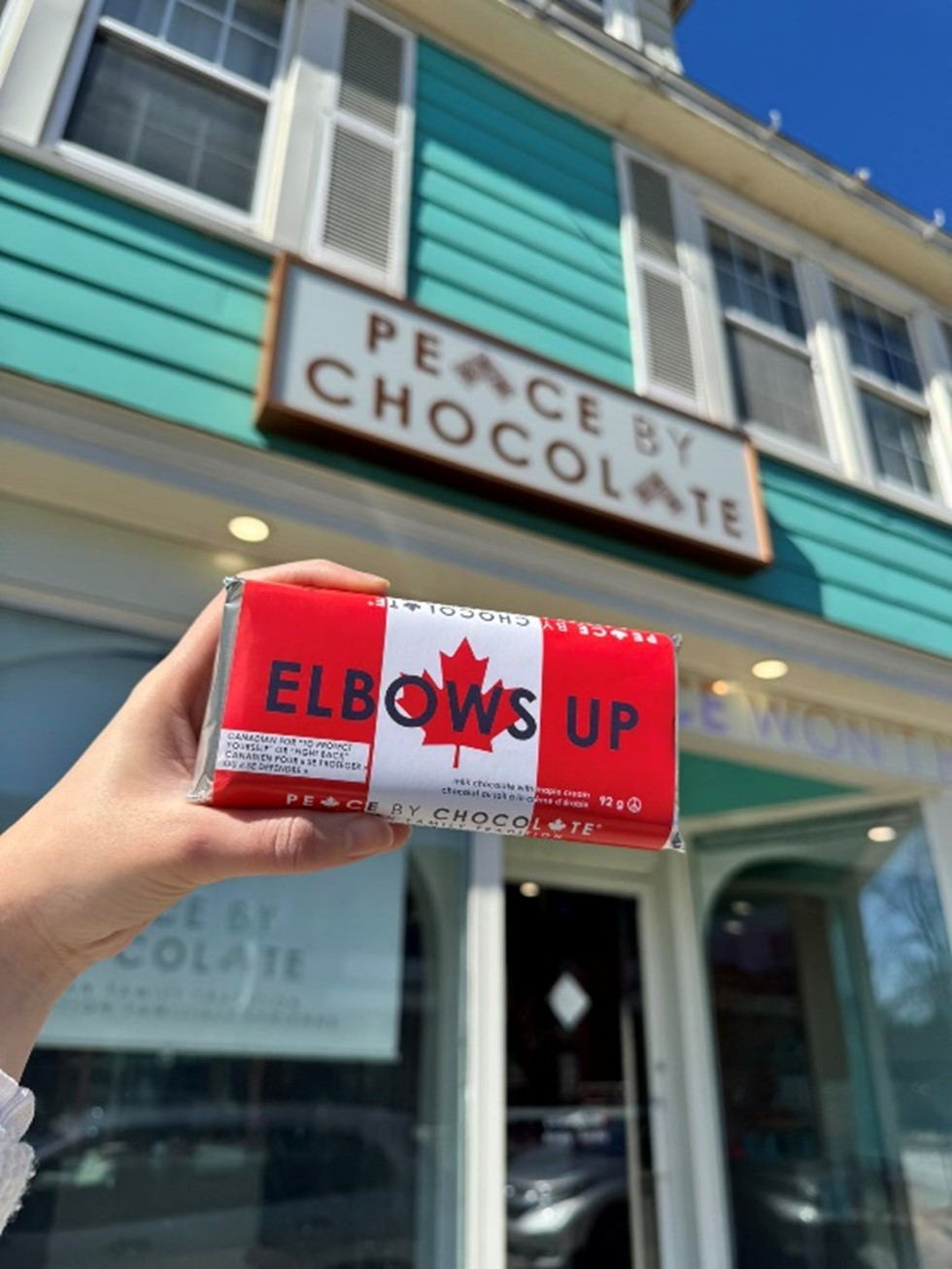Unprecedented and unpredictable: Ironically, these words have become the norm in global communications. Over the past five years, from pandemics to polarization, professionals have faced intensifying demands to communicate with clarity amid chaos. As the pace of geopolitical change accelerates, how can communication professionals continue to lead with creativity and composure?
IABC’s Canada East Region board has developed a new professional development series intended to support members through geopolitical uncertainty. Through its webinar, Calm in the Chaos: Communications Strategies for a Shifting Political Landscape, and subsequent member meetups, the region is looking to offer actionable strategies for navigating geopolitical change with resilience, clarity, and confidence.
So, how do we keep calm in the chaos? It’s a complicated and nuanced question; and the truth is, it’s easy to feel overwhelmed with the pace of change and new information.
The best approach, according to webinar presenters Megan Buttle and Mélanie Richer from Earnscliffe Strategies, is to engage in active listening and research to fully grasp ongoing issues, messaging, and trends. Then, make thoughtful, conscious decisions about where to engage — if at all.
This approach provides communication professionals with the control, insight, and time needed to make strategic decisions — not reactive ones — while considering the needs and potential responses of all key stakeholders.
The Canadian Experience
For many Canadians, the last six months have been turbulent. Like many nations, we are navigating a changing relationship with the United States, which has major economic implications.
Canadian sovereignty has been questioned to a degree not seen in generations, resulting in a major wave of nationalism and anger. Canada has also just elected a new Prime Minister, following months of prorogued Parliament and uncertainty.
Given these challenges — not to mention ongoing internal issues like cost-of-living, immigration, and healthcare — how can professionals even begin to plan and execute campaigns that resonate with their audiences?
In response, we have seen several Canadian brands do just that — tapping into Canadians’ resilience, humor, and pride to make a difference. Here are some of our favorite examples.
The Moosehead Breweries Presidential Pack


[Image source: https://moosehead.prezly.com/moosehead-breweries-introduces-the-presidential-pack]
The largest and oldest independently owned Canadian brewery responded to increasing U.S. tariff threats with tongue firmly in cheek. In March 2025, the brand introduced the “Presidential Pack,” a limited edition, comically large crate filled with 1,461 cans of Moosehead Canadian Lager.
Per a company press release, “It’s going to take a lot for Canadians to get through the next four years. … It’s just enough to get through the full presidential term.”
Moosehead dedicated each of the beers to the spirit of hardworking Canadians, posting “While four years may seem like a long time, together, we will push forward, as we always do. One day, one well-earned beer at a time.”
Within days, the company sold out its 10 $3,490 CAN novelty packs and the waitlist quickly grew to more than 200 names. News outlets from North America to New Zealand featured the story, and interest has come from all over the world, despite the product only being initially offered in three Canadian provinces.
Peace By Chocolate’s ‘Elbows Up’ Bar
 Canadian comedian, Mike Myers, captured attention and headlines by appearing on Saturday Night Live and delivering the phrase “elbows up” during the show’s closing moments on 1 March. For many Canadians, this expression relates to the treasured sport of hockey and has since become a rallying cry among discussions of tariffs and national sovereignty.
Canadian comedian, Mike Myers, captured attention and headlines by appearing on Saturday Night Live and delivering the phrase “elbows up” during the show’s closing moments on 1 March. For many Canadians, this expression relates to the treasured sport of hockey and has since become a rallying cry among discussions of tariffs and national sovereignty.
The Nova Scotian chocolate company, Peace by Chocolate, quickly responded by launching its own Elbows Up candy bar on 7 March, featuring a patriotic maple-cream filling. Per the bar’s label, elbows up is defined as “Canadian for ‘protect yourself’ or ‘fight back.’”
The bar quickly went viral, climbing to the company’s top performing product and seeing orders from around the world. CEO Tareq Hadhad was quoted in a CTV news article on the subject: “‘Elbows Up’ meant for us that we can defend all these good things that really makes Canada the best country in the world … I believe that businesses have a responsibility to stand up for this country … because our values stand for passion, enthusiasm, advocacy, contribution, and excellence.”
Founded in 2016 by Syrian refugees, Peace by Chocolate has been a growing voice in Canadian confectionary and nationalism for years. Its founders, the Hadhad family, have been the subject of both a book and documentary showcasing their resilience and journey to Canada during the Syrian war.
Image source: https://www.facebook.com/photo?fbid=994842252831257&set=a.421403883508433]
The Famed ‘Canada Is Not For Sale’ Hat
 Designed by Ottawa-based entrepreneurs Liam Mooney and Emma Cochrane, the “Canada Is Not For Sale” hat emerged as a national symbol of independence in response to foreign commentary positioning Canada as the prospective 51st American state.
Designed by Ottawa-based entrepreneurs Liam Mooney and Emma Cochrane, the “Canada Is Not For Sale” hat emerged as a national symbol of independence in response to foreign commentary positioning Canada as the prospective 51st American state.
It quickly gained traction after Ontario Premier Doug Ford wore it during a high-profile meeting with Canadian Prime Minister Justin Trudeau. Mike Myers (again) bolstered awareness of the phrase, wearing a “Canada Is Not For Sale” T-shirt during the same Saturday Night Live performance in March.
A combination of relevant messaging, endorsements, and influencer-based marketing helped sell tens of thousands of products and paved the way for Mooney and Cochrane to launch an entire line of bilingual merchandise, all manufactured in Canada.
[Image source: https://strongandfreehat.ca/products/basic-ns]
Lessons Learned
What we love about these campaigns is their perfect timing and ability to tap into emotional, political, and social landscapes in ways that amplify reach and visibility.
Each feels authentic and validates what consumers are feeling. These brands are Canadian owned, with national pride being a core component of their existing brand identities to begin with. And foremost, they are engaging with audiences within and through their own industries like beer, chocolate, and apparel.
They don’t feel exploitative or performative, but rather a culturally relevant reference to political absurdity, nationalism, and community.
Humor and defiance are hugely powerful in storytelling. Executed well, they can strengthen morale and align audiences, especially in difficult times. As always, brands need to tread carefully, be timely and culturally aware, balancing the need to respond with careful analysis and strategic decision making.
In uncertain times, the best communications aren’t reactive, nor are they simply proactive and strategic. They meet audiences where they are, and engage in conversations that are meaningful, resonant, and draw on both our shared humanity and humility.
From the author: What do you think of these campaigns? How can communication professionals apply these lessons in creativity and emotional awareness to our own work and within organizations? Let us know by reaching out to us at iabccerpd@gmail.com.